A fundamental role of educators is to guide each child in recognising and valuing their inherent identity, paving the way for a future where they can confidently express themselves and respect the diversity of others.
Michele Carnegie, CELA CEO
Educators and teachers play a crucial role in helping each child recognise and appreciate their unique identity, paving the way for a future where they can confidently express themselves and respect the diversity of others. The program was designed to equip educators and teachers with a comprehensive understanding and practical tools to foster this support.
Session 1: Creating inclusive play environments for children with special needs
In this session, paediatric exercise physiologist and developmental education specialist Robyn Papworth shared information about how to design and implement inclusive play environments for children with special needs and development delays.
Takeaways:
-
The value of quiet spaces and sheer fabrics
If you're finding that children are experiencing social stress during their day, ensure that you have quiet places where they can hide away for a while. These spaces could be as simple as a washing basket equipped with a comfortable cushion and a book, or cardboard boxes where they can hide and step back from the busyness of the day.
Robyn emphasised the use of sheer fabrics in creating these spaces. For instance, draping sheer fabrics over the top of forts allows educators to still supervise the children, while the children feel protected and somewhat removed from the surrounding social environment.
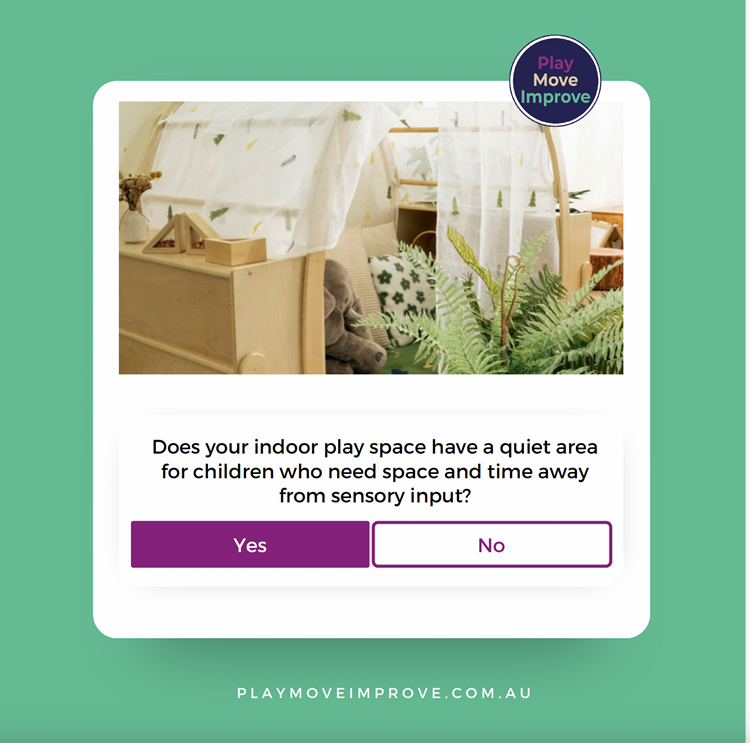
-
Adjust drop off routines to reduce anxiety
Robyn has noticed an increase in separation anxiety post COVID. To ease this, she has developed a goodbye routine to alleviate stress.
The routine suggests a quick farewell, such as a high five, fist pump, or hug with the caregiver.
Emphasising the necessity of a visible and predictable routine, Robyn notes that prolonged stays during drop-offs can exacerbate anxiety. The routine also includes post-goodbye activities like putting away bags and reading a book. She also stresses the importance of having a clearly defined drop-off zone to help children and families start their day with structure and familiarity, incorporating elements such as signing in or acknowledging their photo, which signals the beginning of their daily routine and activities.
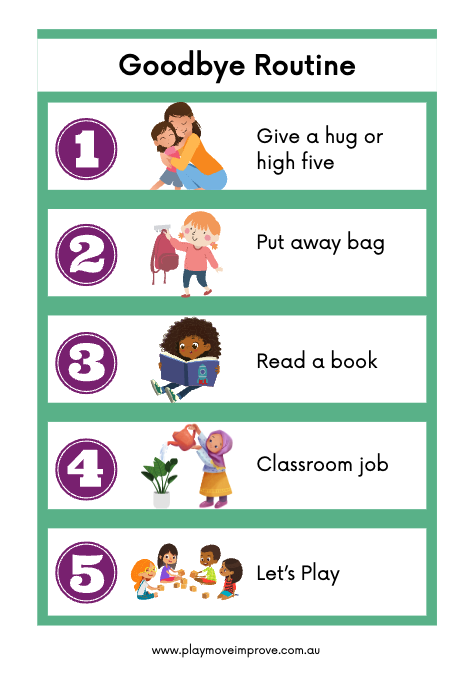
Note: Those who attended the conference can find a pdf download in the Padlet online resource library.
Session 2: How letting children group by interest, rather than age, can create a community rather than a classroom
Service director Niki Moodie shared the transformative approach of grouping children by interest rather than age and how it has further cultivated a community of learners.
Takeaway:
On the positives of moving to mixed age groupings:
“The changes that we started seeing in children's behaviours as we started moving into this mixed age grouping was so positive. The increased choice that we were providing was probably the major factor, as well as increased agency. This led to a significant increase in mutual respect, giving children the opportunity to use their voices and be heard. It formed a really beautiful community of cohabiting and cooperative learning.”
Niki Moodie
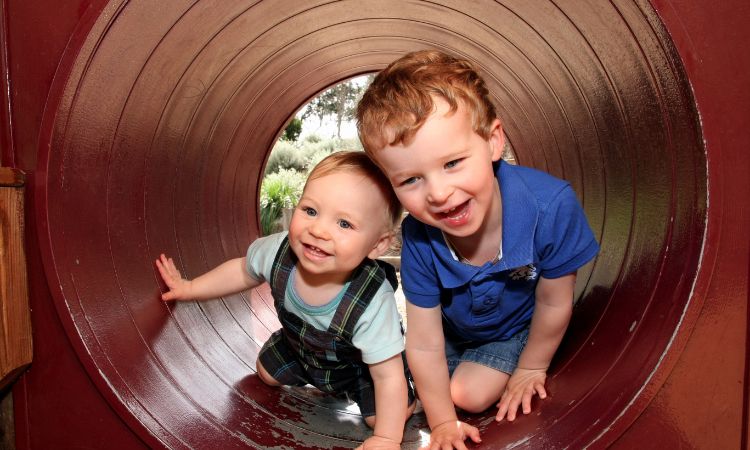
Session 3: Using the Zones of Regulation with young children
Kirsty Piendl and Melanie Elderton from Explore & Develop Annandale shared their transformative journey of incorporating the Zones of Regulation into their service curriculum. Initially adopted to help a child manage emotions with the aid of an occupational therapist, Leah Kuyper's framework—rooted in Stuart Shanker's self-regulation theory—has now empowered the entire preschool group to navigate their emotions and behaviours more effectively.
The presentation highlighted the program's success in embedding these practices into daily routines and its positive influence on both children and their families.
Takeaways:
1. Reframing sensory toys as calming tools
The service redefined a selection of sensory items as 'tools' to aid in returning to the 'green zone' of regulation. Emphasising their function in calming and self-regulation, these tools are distinguished from toys, meant not for play but for support.
Educators established clear usage guidelines and storage protocols to ensure these tools are used intentionally, with access provided under supervision. A collaborative list, created with input from the children and shared with staff, promotes a consistent approach in their use.
2. The benefits of using the Zones on helping children to feeling more comfortable discussing their feelings
"The Zones of Regulation approach is beneficial because it shifts the focus away from labelling emotions as inherently negative. Instead of saying a child is angry or anxious, we simply reference the 'zones,' which tends to make them more comfortable discussing their feelings. This approach alleviates the pressure of having to find the precise words for their emotions."
Kirsty Piendl and Melanie Elderton
Session 4: Cultural safety for First Nations educators and children
Cultural Advisor Lisa Walker and CELA's Jannelle Gallagher discussed the essential concept of cultural safety in early learning, emphasising that cultural safety goes beyond mere awareness or sensitivity, advocating for an environment that celebrates diversity and empowers First Nations people.
The conversation focused on practical ways to create a welcoming and respectful space for First Nations children, families, and staff, where everyone can feel valued for who they are. Lisa shared insights and strategies from her extensive experience, guiding educators on how to establish and sustain a culturally safe environment.
Takeaway:
What cultural safety looks like for Lisa:
"I can see myself in the space where there is culturally appropriate signage acknowledging the local mob, a mural or artworks that share the space, team and community story, there maybe a Yarnin Circle or a bush tucker garden, the flags are flown proudly, there are relevant First Nations learning experiences programmed and culturally authentic resources utilised and spread throughout the space in a meaningful manner.
"Not only does the place need to look culturally safe and welcoming but it needs to feel it too. So when I can see myself in the faces looking back at me and I can connect with mob, jarjums, families or community, or I can connect with allies, accomplices or staff who take the time to connect with me and ensure I am welcomed, then I feel culturally safe to move within your space. Especially when you share with me your cultural journey so far and what is to come next."
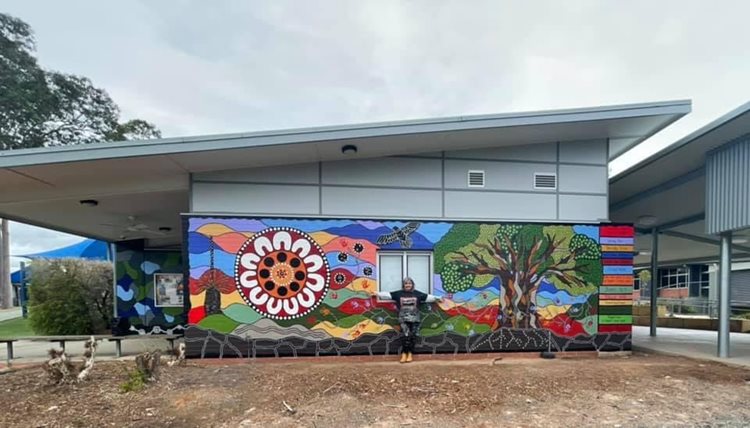
Image showing a mural created by First Nations artist Wendy Rix, taken from our Amplify! article with Deborah Hoger: Championing reconciliation through art
Session 5: Impacts of media representation of gender in early childhood education
Dr Rachel Chapman, a lecturer and curriculum specialist at Melbourne Polytechnic, tackled the subject of gender representation in media and its influence on children and early childhood education. She guided attendees through the need for educational settings to address gender representations thoughtfully, focusing on the selection of gender-inclusive resources and their significant effects on young learners.
The session included an overview of contemporary research, including Dr Chapman's study on early childhood educators' perceptions of gender identities.
Takeaways:
1. References to popular culture in early education and care settings
Some educational settings prohibit popular culture items, a policy that has been debated for years. If we are not addressing popular culture as we would with all other things that come into our space, then are we denying children access to part of their very real world, their ecological model?
2. The importance of considering how books are selected
Because children's books are not ideologically neutral, and selecting books for children is a political decision making process, the role that early childhood educators play in facilitating access to meaningful children's literature cannot be stressed enough.
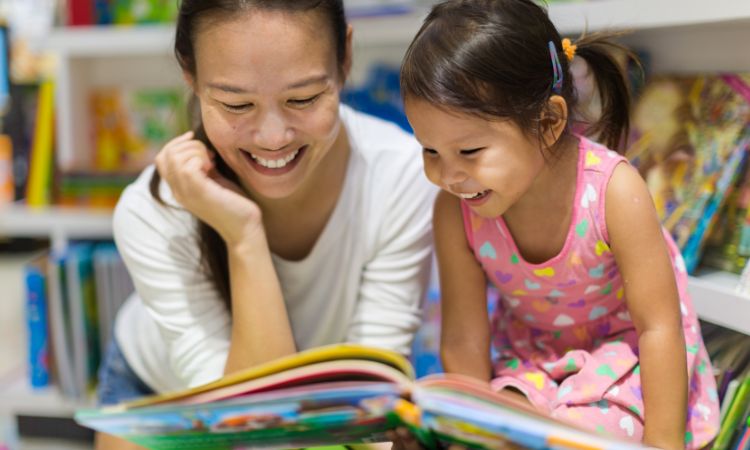
Session 6: Embracing autism and thinking differently
Autism advocate Travis Saunders shared insights into autism and its impact on family life, aiming to bridge understanding between parents and teachers. Highlighting personal experiences, including a transformative 5,600 km cycle across the USA with his autistic son, Travis discussed the importance of presuming competence, the power of language, and the need for a supportive community.
Takeaways
1. Recognise the impact of sensory processing differences
Sensory experiences can profoundly affect autistic people, either positively or negatively. Understanding and accommodating these sensory needs in educational and social settings can help reduce stress and anxiety.
2. Embrace a strengths-based approach:
Focus on the individual's strengths and interests to foster engagement, learning, and growth. This approach not only builds confidence but also encourages a more fulfilling and productive educational experience.
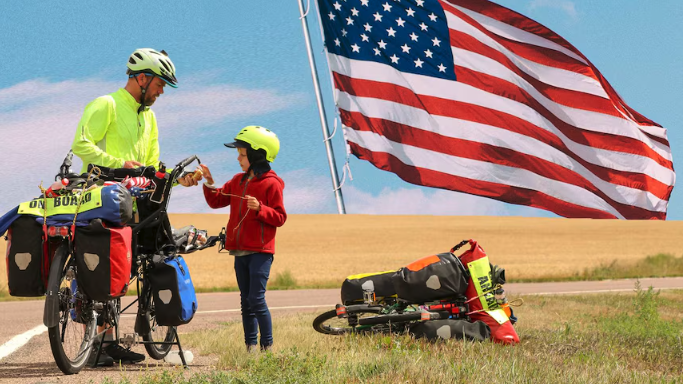
Image via Travis Saunders showing Travis and his autistic son Patrick during their bike ride across the USA.
Further reading/ listening:
Cycling across America with our autistic son was the best thing we ever did - Travis Saunders via ABC News
Wisdom of a Young Speller with Patrick Saunders - Reframing Autism
An exploration of neuro-affirming practice and how can we implement it - CELA's Amplify! blog with educational and developmental psychologist Sandhya Menon, education consultant Rika Whelan and professor Jodie Simpson
Championing reconciliation through art - Deborah Hoger via CELA's Amplify! blog
Free downloads - Robyn Papworth's Play Move Improve
Mixed age groups in early childhood education: What works and why - CELA's Amplify! blog with Niki Moodie
An exploration of early childhood educators' views on children's gender identities - Dr Rachel Chapman
Further professional development relating to this topic:

FIND OUT MORE